One of the most exciting topics in astronomy today is the search for exoplanets, or planets beyond our solar system. We’ve found over 5,000 exoplanets to date, with more being discovered every year. And the holy grail of exoplanet research is to find habitable planets where we could look for life beyond our own planet.
If you’re interested in astronomy you’ve probably seen news headlines about the habitable exoplanets which have been discovered by missions like NASA’s Kepler Space Telescope or Transiting Exoplanet Survey Satellite (TESS). These planets are typically Earth-like and could have liquid water on their surface, and it is thought that they could potentially support life. But how can we tell if a planet is habitable from millions of miles away? And what exactly do we mean by habitable anyway?
We spoke to habitability expert Abel Méndez of the Planetary Habitability Laboratory at the University of Puerto Rico at Arecibo, who told us that habitability is way more complicated than you might think.
Habitability isn’t binary
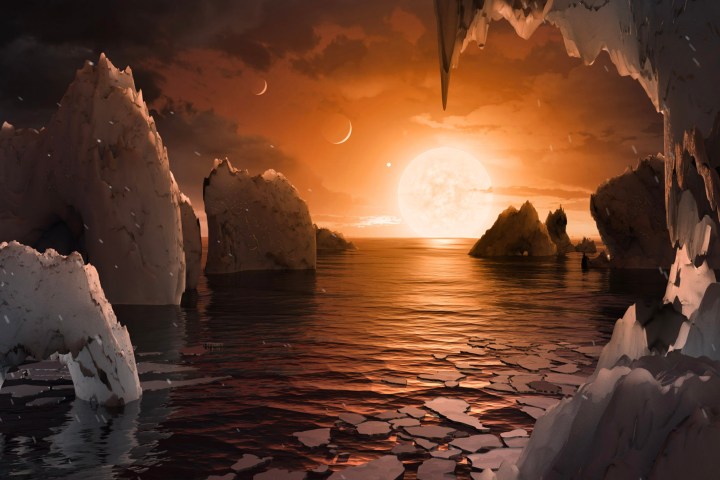
The way that most people speak about habitability is as if it were a binary state. Either a planet is habitable, or it isn’t. But when you think about the issue in depth, it’s clear that this definition won’t do. Do we mean habitable as in capable of sustaining human life? Or microbial life? Do we mean that it’s a comfortable environment for life to succeed or one where survival is difficult but theoretically possible? Do we mean that life could have evolved in that environment, or that if life arrived there it could survive?
There’s no clear answer to these questions, which is why it’s a mistake to think of habitability as a yes/no question. Instead, we should think about habitability as a measure of fitness for a certain type of life.
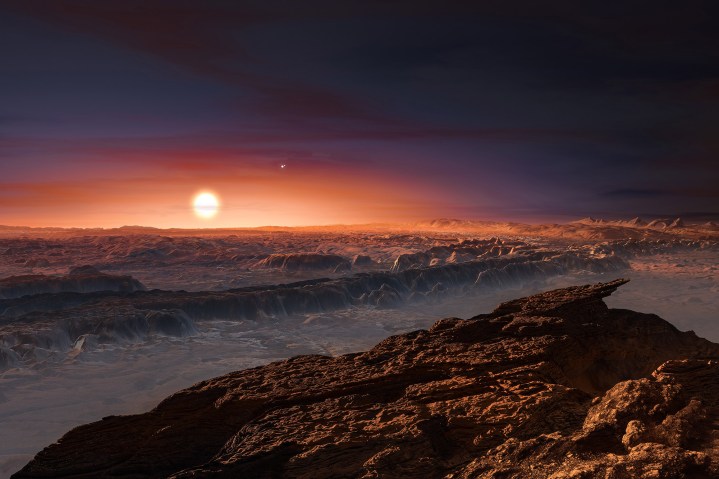
This confusion doesn’t only exist among members of the public. Méndez said that there’s a lack of consensus among scientists about what habitability means as well. It’s “a loaded word,” he said, “because in our usual conversations, habitability means habitability for humans.” But when we’re looking at other planets, we’re not only thinking about humans, but also other kinds of life.
All the time that astrobiologists had been wondering about the habitability of exoplanets, it turned out there was another group of people who have been thinking about habitability for decades: Ecologists. Ecologists talk about “habitat suitability” of environments here on Earth – as in, the suitability of a particular environment for a particular type of life to thrive. That’s just what the astrobiology community was trying to get at with its exoplanet research.
Early in his research into the topic, Méndez came across this ecology work, he said: “I realized that what people in the astrobiology field were trying to do – to define and quantify habitability – was already done decades ago by ecologists.”
What about the habitable zone?
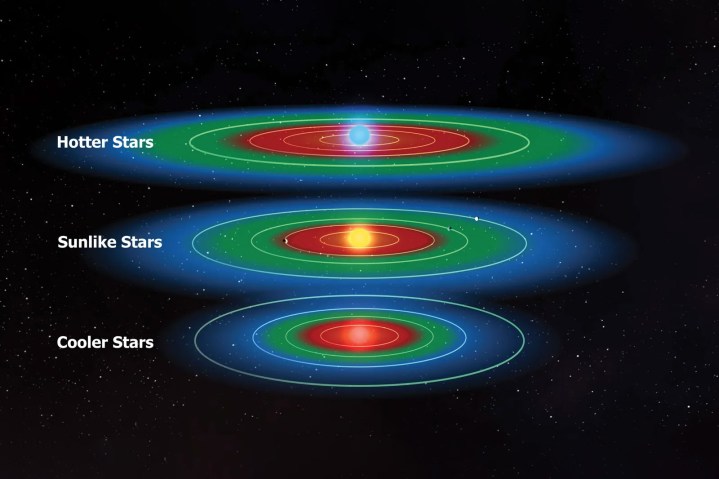
The problem, then, is not about determining whether an exoplanet is or is not habitable, but rather about determining what features would make it suitable for types of life.
One relatively easy place to start is with the requirement for liquid water to be available. Liquid water is essential for almost all forms of life as we know it because of its solvent properties. Many things dissolve in water, meaning it is good for getting things mixed together which enables chemical reactions. It also plays an important role in the way enzymes function. So when scientists have imagined the requirements for a habitable exoplanet, having liquid water available is at the top of the list.
This is what gives us the idea of the “habitable zone.” This is a region around a star where it is estimated that a planet would be at the right temperature to have liquid water on its surface. If we were to find an Earth-like planet within a star’s habitable zone the reasoning goes, we’d have found a good starting point for looking for life.
However, being in the habitable zone isn’t the be-all and end-all of habitability. It’s just one basic requirement. And, Méndez says, the term has caused “a lot of confusion,” because often astronomers will say that a planet is habitable when they mean it is in the habitable zone. He prefers the term “potentially habitable” to make it clear that this is far from a settled question.
Factors for habitability
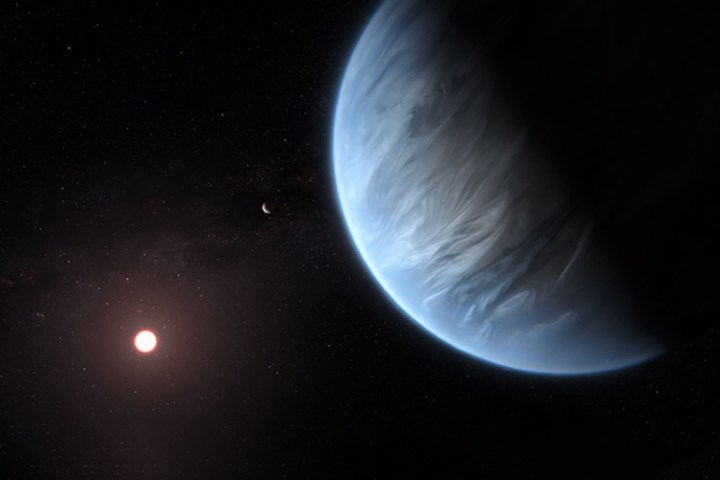
Ok, so liquid water is a must. What else is required for a planet to host life? We have a solid understanding of that based on lifeforms from here on Earth. When it comes to assessing the habitability of exoplanets, astrobiologists want to know about factors like a planet’s mass and radius, as well as its surface temperature, pressure, and the fraction of the planet which is covered in water.
It’s challenging to determine these factors for any given exoplanet. For most exoplanets discovered now we can know factors like their orbital period, their radius or mass, and their stellar flux, which is the amount of radiation they receive from their host star. But to know their surface temperature or pressure, for example, we’d need to know about their atmospheres.
To see why, look at our own solar system. Venus has the highest surface temperature in the solar system, even though it’s farther away from the sun than Mercury. That’s because Venus has an extremely thick atmosphere which traps the heat and raises the surface temperature. An alien astrobiologist looking at our solar system might not know how hot Venus was because it’s not obvious from a distance.
Future work done by telescopes like the James Webb Space Telescope will enable us to learn more about exoplanet atmospheres, but for now, scientists have to estimate surface temperatures.
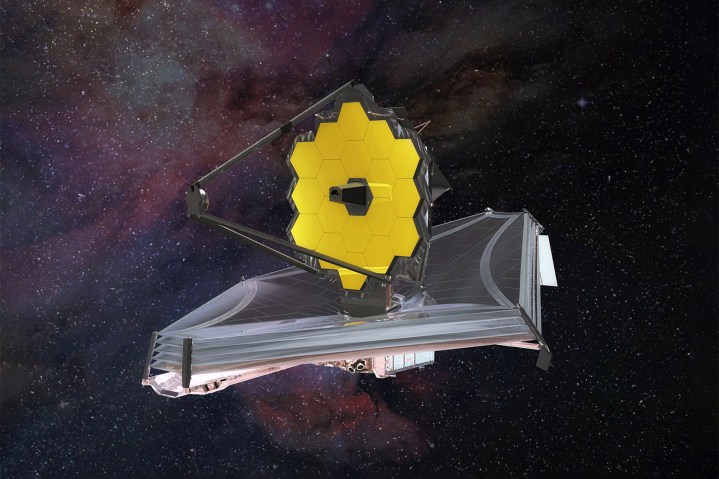
The amount of the surface covered in water is important too. Called the ocean fraction, this matters because the dynamic nature of oceans makes them great at transporting nutrients around a planet to make the place more hospitable for life.
We don’t currently have instruments capable of measuring the ocean fraction of exoplanets. However, there are ideas for future telescopes which could look at how the amount of light reflected by an exoplanet changes as it rotates, which can indicate the amount of ocean covering its surface.
Despite all the complexities in determining these factors, Méndez thinks exoplanet science is developing so fast we’ll be able to measure them within the next twenty years. “Ten years for atmosphere measurements with different instruments, then ten years for new telescopes that will be able to see planets individually and measure the ocean fraction,” he predicted.
A catalog of potentially habitable exoplanets
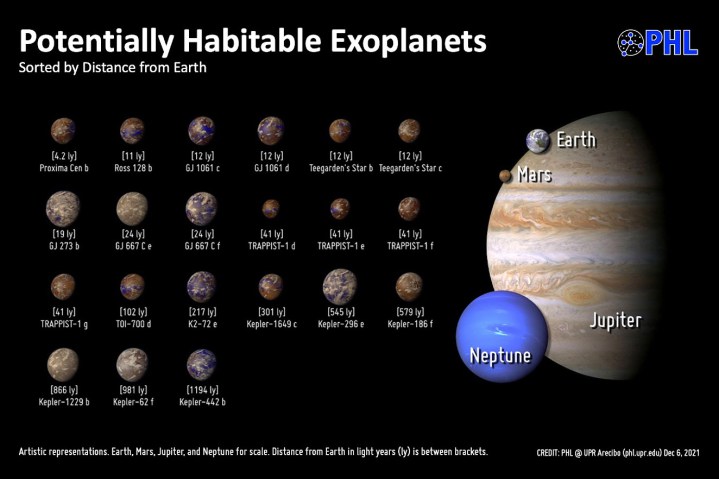
Being able to study exoplanets in such detail in future decades is exciting, but scientists also want to study potentially habitable exoplanets now. For that reason, Méndez’s group maintains the Habitable Exoplanets Catalog, which is a list of all the potentially habitable exoplanets discovered to date.
To be included in the catalog, a planet must be roughly Earth-sized and orbit within its star’s habitable zone. But to allow for the many factors we can’t yet know about these exoplanets, there are two different criteria for Earth-sized means. The catalog has both a conservative list, which lists planets up to 1.6 times the radius of Earth or three times its mass, and an optimistic list, which has planets up to 2.5 the radius of Earth or 10 times its mass.
For now, the number of exoplanets we can point to which fulfill the most basic criteria for potential habitability remains low.
That’s because when we’re looking for potential habitability we’re looking for rocky planets like Earth, and not for gas planets. Exoplanets with low density, like gas giants, aren’t good for life because they are bad at holding onto the nutrients which need to be available for life – the same reason you don’t find life in the clouds on Earth. Planets up to approximately two times the size of Earth will be rocky planets, but planets larger than that can be a type called a mini Neptune or gas dwarf, which isn’t likely to support life.
With over 5,000 confirmed exoplanets you might imagine the catalog would list hundreds of candidates for habitability, but in fact, there are relatively few – just 21 in the conservative list and a further 38 in the optimistic list.
The brevity of the list could be partly because many exoplanet detection methods are better at finding larger exoplanets than smaller ones – it is, generally speaking, easier to spot something that’s bigger – and some research suggests there could be billions of Earth-like planets in our galaxy. But for now, the number of exoplanets we can point to which fulfill the most basic criteria for potential habitability remains low.
Where to search for life now
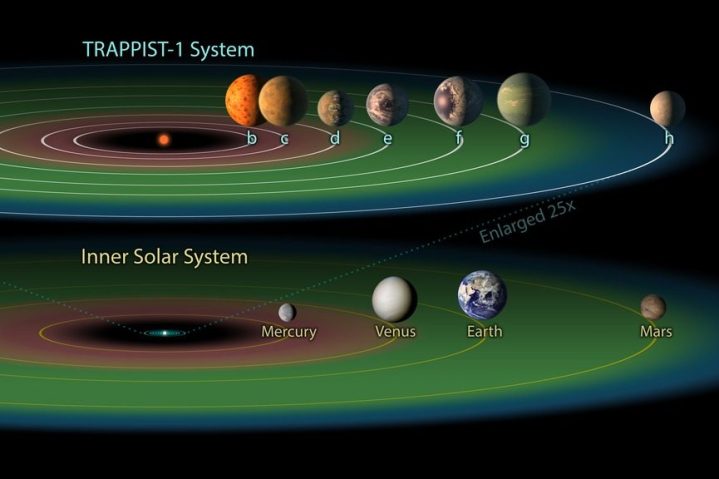
Of course, the fact there are few potentially habitable exoplanets we know of doesn’t mean that we should give up looking for life elsewhere. In some ways, it makes deciding on research targets easier when you have systems like TRAPPIST-1, which is thought to host as many as four potentially habitable exoplanets and which will be a key target for the upcoming science work of the James Webb Space Telescope.
All of these discussions about habitability turn on the idea that if there is life elsewhere in the universe, it will be at least comparable to life here on Earth. When we talk about requirements for water or for certain nutrients, we are basing this on life we’ve observed on our planet. We assume that elsewhere will be life as we know it, but it is certainly possible that there could be life of a completely different form somewhere out there.
While scientists do acknowledge this possibility, they don’t tend to give much consideration to the concept because it’s not practically useful for research. “You won’t recognize life as we don’t know it,” Méndez pointed out, so it’s not something we could search for.
Looking for life in our own solar system
Some researchers argue that rather than looking to exoplanets, we could look in our own solar system for potentially habitable worlds – places like Saturn’s moon Enceladus or Jupiter’s moon Europa. Even though they are too far from the sun to have liquid water on their surfaces, both are thought to have liquid saltwater oceans beneath icy crusts.
But Méndez isn’t convinced these locations are very promising locations for life because of those icy crusts. These crusts block off access to any atmosphere and prevent energy from being transferred from the surface, making it poorly suited to sustaining life. “That’s worse than the deep oceans on our planet. It’s much worse than anything on Earth,” he said. “I don’t think anything beyond microbial life will be living there.”
Even finding microbial life outside of Earth would be massively exciting, hence the aim of missions like the rover Perseverance to look for evidence of ancient life on Mars. But Mars isn’t exactly hospitable today, though it could have been at one point in its past. Habitability studies on the Mars environment aren’t promising for anything to have survived there today: “We estimated that the surface of Mars is a thousand times worse than the Atacama desert,” for sustaining life, Méndez said.
Onward to Mars
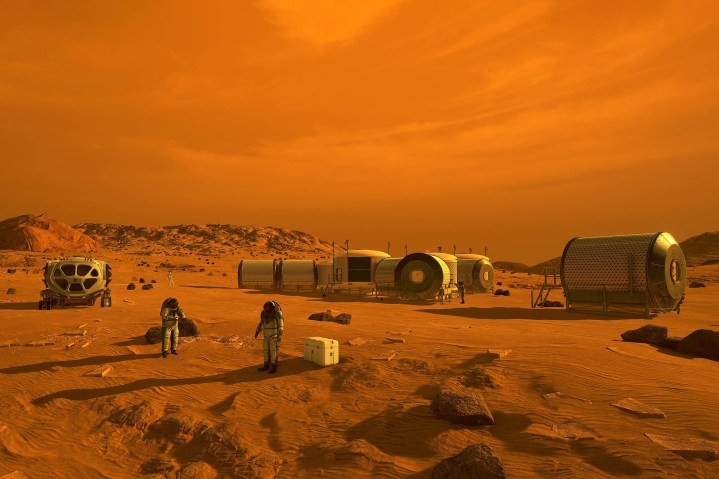
Despite his reservations about the arid conditions of Mars, Méndez is pragmatic about where we might find evidence of life if it exists. “If I had to bet where we’d be able to find life, I would bet on Mars,” he said, “even though I love exoplanets more!” That’s because of the issue of detection. If you want to know that a planet isn’t just potentially habitable but actually hosts life, you need proof – and that proof is extremely difficult to get from a great distance.
With sample return missions planned for Mars in the next decades, the race is on to get a piece of Mars back to Earth for study. These samples are our best chance for a certain detection of life. “The definite answer will come if you have a sample here on Earth, because you’re looking for microbial life in very low quantities,” he explained.
The dream research scenario would be to collect a sample from an environment on Mars that could be habitable by Earth standards, like an aquifer. If we found evidence of life in such an environment then that would be great – we’d have discovered that our planet is not the only one to host life.
But Méndez says that not finding any evidence of life in such an environment would be just as exciting. “If we find a habitable place by terrestrial standards and there’s no life there, that will be amazing and intriguing,” he said. “What went wrong? What happened? Why is there no life?” Given that life exists in such a wide variety of environments on Earth, and we know that Earth and Mars have shared material via impacts, it would be strange indeed if life was confined to our planet.
“It would be a great revelation to find life, but the negative result would be even more profound,” Méndez said. “There’s no way to go wrong here. It’s a win-win situation. The answer is on Mars, it’s right there. And any answer is profound.”
Editors' Recommendations
- See what the solar eclipse looked like from space
- What kind of view will ISS astronauts get of the solar eclipse?
- See what James Webb and Hubble are observing right now with this tool
- Astronomers are figuring out what causes incredibly bright flashes in space
- James Webb photographs two potential exoplanets orbiting white dwarfs




